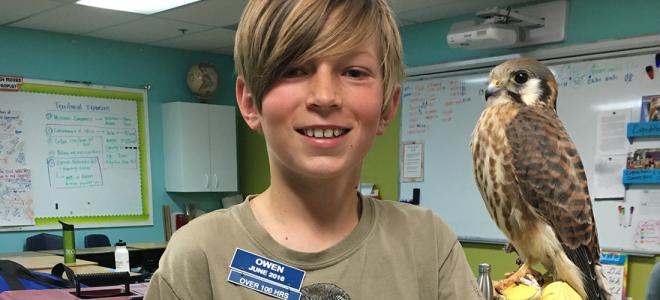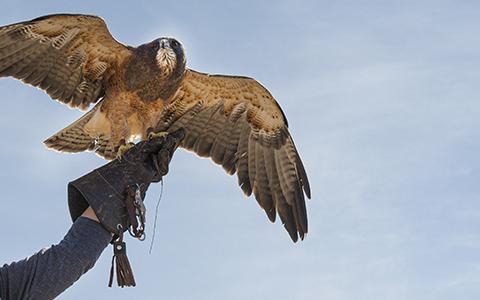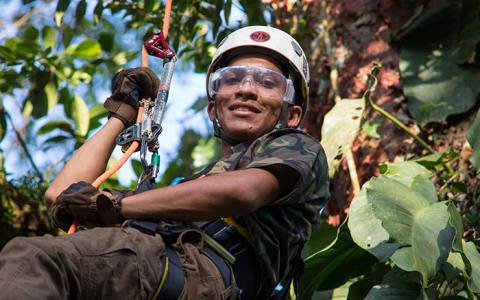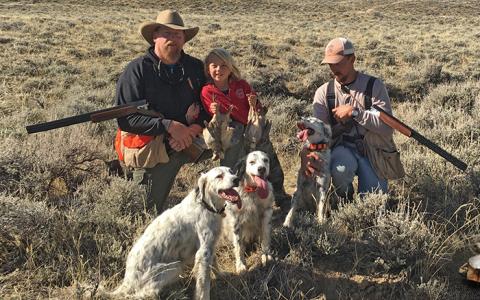More than half of all raptor species worldwide are in decline, and the causes almost always point to rapid growth of human populations. To prevent extinction, it’s more urgent than ever to inspire, teach, and connect with people of all ages, in every corner of the globe. The fate of raptor species is in their hands.
As our scientists have traveled to the far reaches of the globe, we have made important discoveries about birds of prey; but equally important are fresh insights into human behavior. We know, for example, that people are intensely curious and sometimes shoot raptors to get a closer look. We have learned that people who come to understand a raptor’s role and life history will gladly make accommodations that allow them to thrive. And finally, we’ve found that when raptors are part of a holistic picture that includes economic incentives — like local jobs, ecotourism, education, or sustainable food — people become champions for birds of prey.
Truly empowering people challenges us to reach out in meaningful ways… and with more than 586 raptor species and billions of people on the planet, our outreach must take many forms. Face-to-face and “nose-to-beak” interactions are ideal, so whenever possible we let raptors speak for themselves in classrooms and communities near our projects and at our visitor center in Boise, Idaho. When personal contact isn’t possible, we count on video, photography, and vivid storytelling to connect people with birds of prey.
People value birds of prey and want to protect them, but they need The Peregrine Fund as a catalyst, empowering them to change the future.
Sometimes our outreach doesn’t involve a bird at all; instead we provide basic needs like fishing nets, chicken coops, tree seedlings, career training, tuition, and connections to government resources. We call this approach “saving raptors, enriching lives,” because it offers a way to make room for raptors by improving opportunities for people, their communities, and the next generation.
As The Peregrine Fund celebrates its 50th year, we’re reflecting on the millions of lives we’ve already touched along the path to conserving Peregrine Falcons, California Condors, and hundreds of other species. Confident that we can again change the future, we’re calling on all of our “alumni,” from members to students to birdwatchers and beyond, to support raptors while we can still act to prevent extinction. We are grateful for your support.









